Aberdeen struggled to keep up with house price growth across Scotland during the year to June, new figures show.
Homes in the Granite City increased in value by only 2.1% to an average of £147,182.
The largest increase among Scotland’s 32 council areas – excluding those where sales volumes were below 1% of the Scottish total – was in East Ayrshire, where the average price rose by 22.4% to £125,911.
Orkney and the Western Isles saw growth of 29.3% to £218,486 and 22.8% to £159,698 respectively, but sales volumes in these two locations were relatively low.
Across Scotland, average prices increased by 11.6% to £192,249 in the year to June.
Compared with the previous month, the cost of a new home was higher by 2.2% in June.
The provisional Registers of Scotland/HM Land Registry figures also show Edinburgh had the highest average selling price in June, at £326,703. Inverclyde (£116,007) was the cheapest place to buy a home.
Elsewhere in the north and north-east, Aberdeenshire homes grew in value by 10.8% to £207,261 during the year to June.
Moray saw a 17.3% increase to £186,770 and homes in the Highland Council area were worth 10.2% more at £201,840.
Shetland registered house price growth of 9.1% to £205,637, while homes in Argyll and Bute were typically up by 19% at £184,790.
Detached homes showed the biggest year-on-year increase out of all property types in Scotland, rising by 17.2% to £353,025. Flats showed the smallest increase, rising by 7.4% to £130,111.
Earlier this year, property firm DJ Alexander said the north-east’s historic reliance on the oil and gas sector continued to weigh heavily on property values across the region.
But a report published in June by Aberdeen Solicitors Property Centre showed the local market “gathering momentum” after a 1.4% year-on-year increase in Granite City prices.
Commenting on the latest figures, Registers of Scotland business development director Kenny Crawford said: “Average prices for property in Scotland continued to rise in June 2022 and have increased in every month since July 2020, when comparing with the previous year.
“The annual increase has been in excess of 5% in every month since October 2020. In comparison, in the 12 months to October 2020, the annual increase exceeded 3% on only one occasion.”
Mr Crawford added: “Transaction volumes appear to be stabilising. If we compare the growth in transactions over the one year period to December 2021 against the previous year, transactions rose by 28.1%.
“More recent data outlines that transactions over the one year period to April 2022, against the year prior, increased by a more modest 8.1%.”
The UK average house price for June 2022 was £286,397, a year-on-year increase of 7.8%.
Registers of Scotland – he public body responsible for compiling and maintaining registers relating to property and other legal documents in Scotland – stressed house sales in 2020-21 were affected by the Covid-19 pandemic, making trends between months and years “more volatile than usual”.
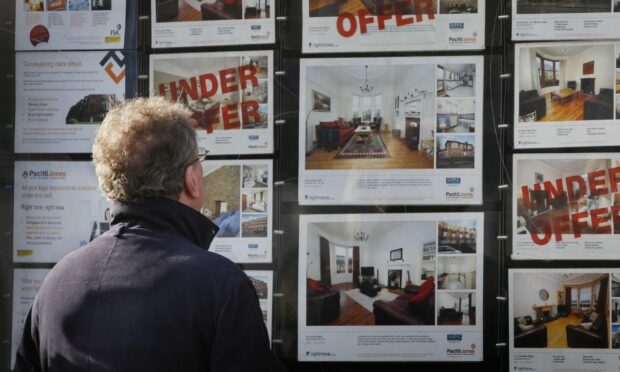
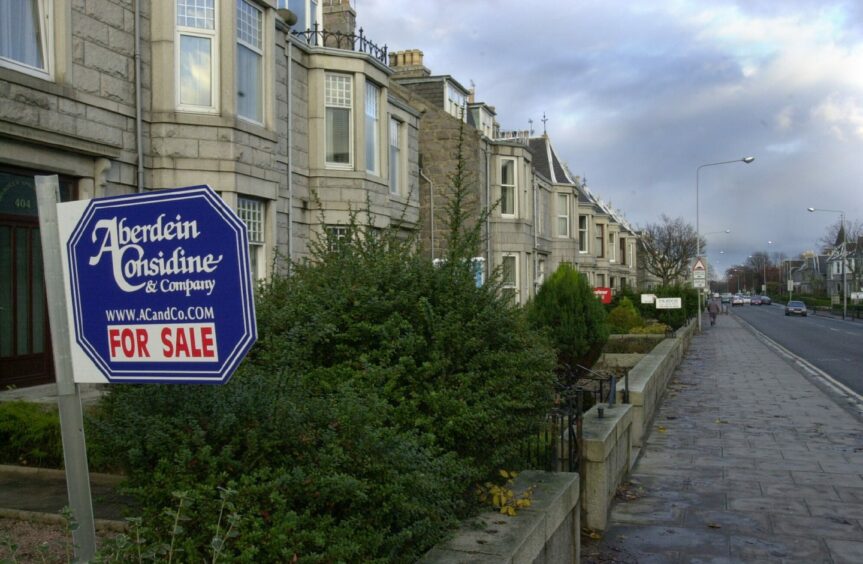
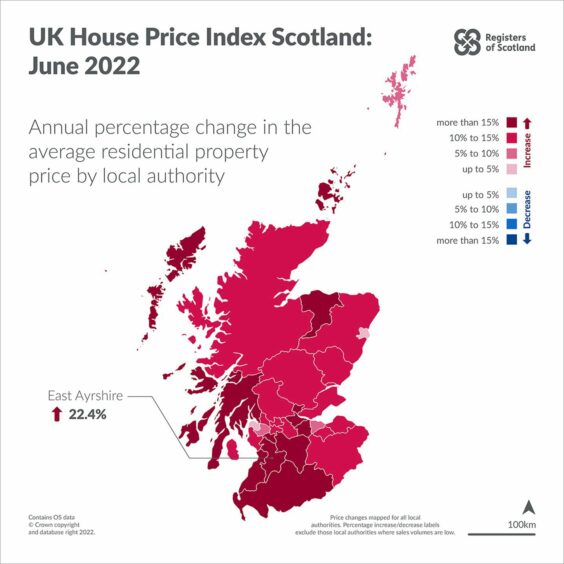
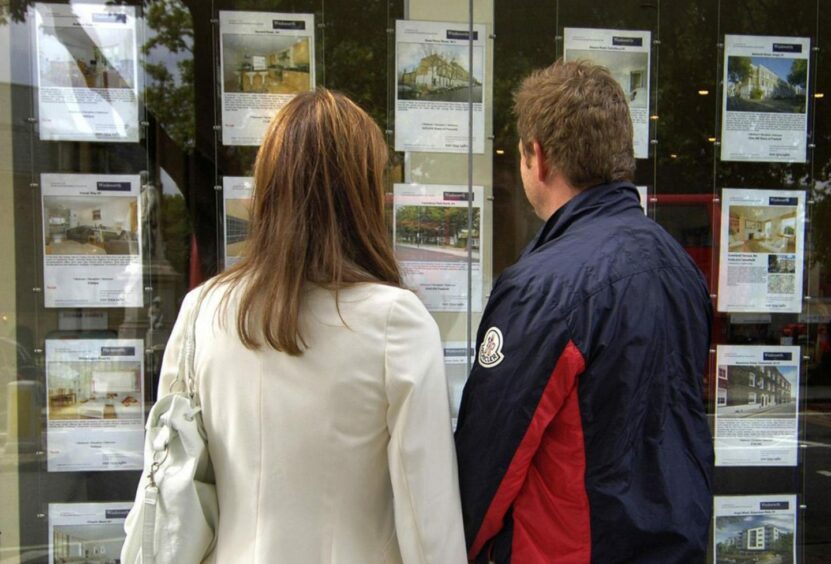
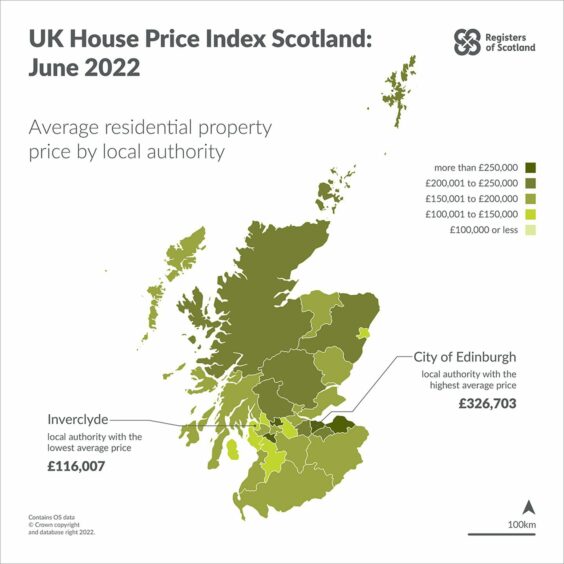










Conversation